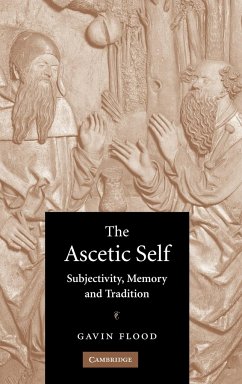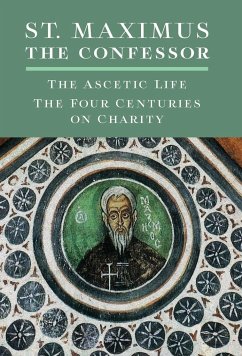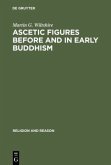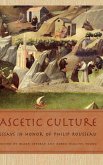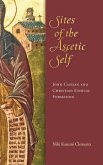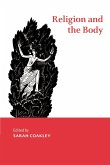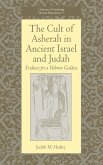Short description/annotation
A new approach to comparing religions (Christianity, Buddhism and Hinduism), focusing on traditions of asceticism.
Main description
This book is about the ascetic self in the scriptural religions of Christianity, Buddhism and Hinduism. The author claims that asceticism can be understood as the internalisation of tradition, the shaping of the narrative of a life in accordance with the narrative of tradition that might be seen as the performance of the memory of tradition. Such a performance contains an ambiguity or distance between the general intention to eradicate the will, or in some sense to erase the self, and the affirmation of will in ascetic performance such as weakening the body through fasting. Asceticism must therefore be seen in the context of ritual. The book also offers a new paradigm for comparative religion more generally, one that avoids the inadequate choices of either examining religions through overarching categories on the one hand and the abandoning of any comparative endeavour that focuses purely on area-specific study on the other.
Table of contents:
1. Setting the parameters; Part I. The Ascetic Self in Text and History: 2. The asceticism of work: Simone Weil; 3. The asceticism of action: The Bhagavad-gita and Yoga-sutras; 4. The asceticism of action: Tantra; 5. The asceticism of the Middle Way; 6. The asceticism of the desert; 7. The asceticism of love and wisdom; Part II. Theorising the Ascetic Self: 8. The ritual construction of the ascetic self; 9. Modernity and the ascetic self.
Hinweis: Dieser Artikel kann nur an eine deutsche Lieferadresse ausgeliefert werden.
A new approach to comparing religions (Christianity, Buddhism and Hinduism), focusing on traditions of asceticism.
Main description
This book is about the ascetic self in the scriptural religions of Christianity, Buddhism and Hinduism. The author claims that asceticism can be understood as the internalisation of tradition, the shaping of the narrative of a life in accordance with the narrative of tradition that might be seen as the performance of the memory of tradition. Such a performance contains an ambiguity or distance between the general intention to eradicate the will, or in some sense to erase the self, and the affirmation of will in ascetic performance such as weakening the body through fasting. Asceticism must therefore be seen in the context of ritual. The book also offers a new paradigm for comparative religion more generally, one that avoids the inadequate choices of either examining religions through overarching categories on the one hand and the abandoning of any comparative endeavour that focuses purely on area-specific study on the other.
Table of contents:
1. Setting the parameters; Part I. The Ascetic Self in Text and History: 2. The asceticism of work: Simone Weil; 3. The asceticism of action: The Bhagavad-gita and Yoga-sutras; 4. The asceticism of action: Tantra; 5. The asceticism of the Middle Way; 6. The asceticism of the desert; 7. The asceticism of love and wisdom; Part II. Theorising the Ascetic Self: 8. The ritual construction of the ascetic self; 9. Modernity and the ascetic self.
Hinweis: Dieser Artikel kann nur an eine deutsche Lieferadresse ausgeliefert werden.

